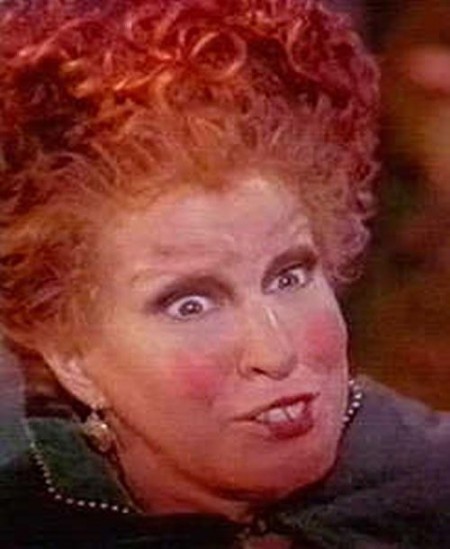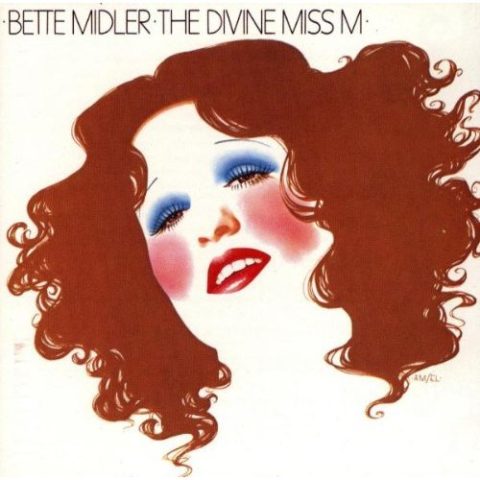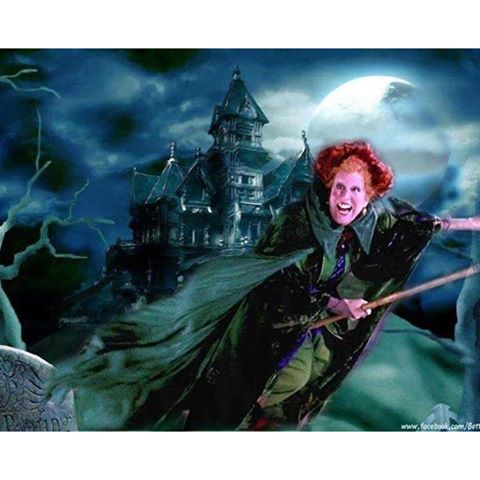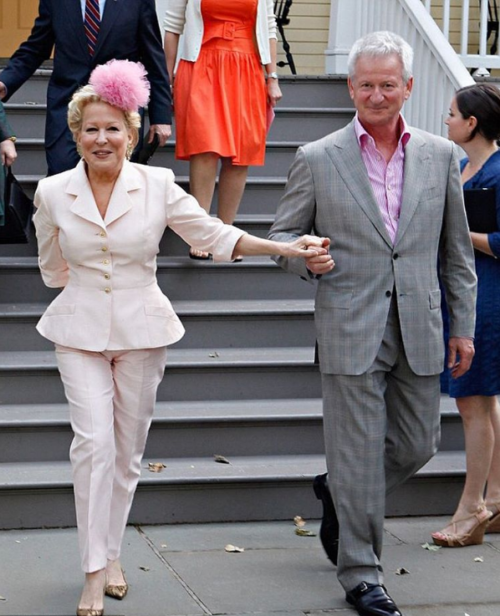Burlington Times News
”˜Women’s movies’ disappearing from big screen
Knight-Ridder News Service
August 6, 1993
Where are the women this summer? The real women, we mean.
The real men are present and accounted for. Cruise, Connery, Eastwood, Schwarzenegger, Stallone.
In this sea of blockbuster testosterone, the females are merely Hollywood small fry, mostly young supporting actresses and hardly household names.
Jeanne Tripplehorn in “The Firm.” Rene Russo in “In the Line of F ire.” Janine Turner in “CHffh anger.” Say who?
Streep, Streisand, Pfeiffer, Sarandon, Geena Davis, Julia Roberts and Jessica Lange are nowhere to be seen. No way could they play doughty little birds in male peacock pictures.
There are no real women’s roles this summer because there are no real women’s movies.
A real woman’s movie has at its center a woman who is trying to deal with problems specifically connected to the fact that she is a woman.
That’s the definition according to Jeanine Basinger, professor of film studies at Wesleyan University in Connecticut and author of an upcoming book on women’s movies.
Writer / director Nora Ephron says the old classic women’s movies were further characterized by their themes of sacrifice, even masochism. She cites “Stella Dallas” and “An Affair To Remember,” the movie she pays homage to in “Sleepless in Seattle” as “a chick’s movie.”
Neither Ephron nor Basinger call “Sleepless in Seattle” a women’s movie. Basinger says it’s “more of a male weepie.”
Ephron refers to her movie as a romantic comedy.
Closest to being women’s movies in the past couple of years have been Ephron’s “This Is My Life,” as well as “Fried Green Tomatoes” and “Thelma and Louise.” The first two were comparatively lowbudget productions lacking bigname stars, and “Thelma and Louise” was pretty much “Butch Cassidy and the Sundance Kid ’ in drag.
Real women’s movies, like the classic “Now, Voyager” with Bette Davis, explore seriously – often too seriously – the outer limits of the female universe and female concerns, especially choices about motherhood, relationships and independence.
It’s that kind of movie that nourished in the ’40s and is pretty much extinct today, even though the same choices are what women talk about most.
And it’s the absence of these women’s movies that is making high-profile female stars fish out of water.
Last year, a few female stars showed up as the distaff half in romances with high-profile male stars – Michelle Pfeiffer and Al Pacino in “Frankie and Johnnie,” Goldie Hawn and Steve Martin in “Housesitter,” Barbra Streisand and Nick Nolte in “The Prince of Tides.”
Hollywood’s leading ladies are also showing up as hags desperate for rejuvenation: Hawn and Meryl Streep in “Death Becomes H er” and Bette Midler in “Hocus Pocus.”
But real women on screen – with their choices and dilemmas and adventures explored from the female point of view – are shockingly absent from mainstream movie making.
Mildred Pierce, where are you?
In 1945’s “Mildred Pierce,” Joan Crawford in the title role separated from her first husband, baked pies and became an entrepreneur, sacrificed for her ungrateful daughter, and was questioned by police for the murder of her second husband.
What a woman!
But if Mildred were to return today, she’d be portioned between shampoo and sandwich bag commercials on Sunday nights on CBS.
“The women’s movie hasn’t quite died.” says author Basinger, “but it did get sick and move to television.”
TV the low-budget medium, TV the domestic storyteller.
Women accustomed to finding their stories on “Oprah” and soap operas find more of the same on made-for-TV movies of the week.
These movies are free, you can watch them alone instead of in pairs, and you don’t have to leave the safety of your own home – all important considerations for women.
But while made-for-TV movies may satisfy some women’s needs for basic (and we do mean basic) story telling, they don’t do a thing for the likes of female stars such as Barbra Streisand, Meryl Streep or Michelle Pfeiffer, who are unlikely to appear anytime soon on these mostly schlocky tearjerkers. (Nevertheless, Joanne Woodward, Gena Rowlands, Glenn Close and Anjelica Huston have all starred in upscale TV movies made infinitely more prestigious by their presence.)
The sheer volume of low-cost production in the studio system before the ’60s meant there was room for movies for everybody.
Women’s movies were just another genre popular enough with a substantial segment of the audience to be profitable.
More important, women were a homogenous group with limited and carefully delineated dilemmas that could be easily dramatized.
Mainly, there was one major dilemma. If you had sex outside of marriage, you were beneath contempt and also likely to be pregnant with an illegitimate child. And if you were without a man in the big. cold world, you were up the creek without a paddle.
Basinger believes women savored such movies as “Mildred Pierce” and “Now, Voyager” because they explored the unhappiness of women in constricted lives, the malaise that otherwise went unarticulated until Betty Friedan identified the feminine mystique in 1963.
She also believes that female moviegoers enjoyed most the parts that showed women defying convention – albeit only until retribution descended.
“Many young women probably took the ”˜other’ message,” says Basinger.
Whatever their message, the success of these movies contributed mightily to the huge success of the female stars of the day – and vice versa.
At least two and as many as six female stars were among the top IO box office draws every year between 1930 and 1956.
Bette Davis, Betty Grable or Greer Garson were on the list every year between 1939 and 1951; all three made it in 1944.
But in 1992, Whoopi Goldberg was the only woman on the list of top IO moneymaking stars, a list that included real men like Clint Eastwood. Tom Cruise, Steven Seagal and Macaulay Culkin.
W’hen the pill freed many women from unwanted pregnancies in the early ’60s, the sexual revolution made women’s movies like “Back Street,” “Waterloo Bridge” and “Kitty Foyle” anachronisms.
And by the time Hollywood turned into a kiddie emporium and theme park filled with rubber dolls and inflated B-movies, women became irrelevant, persona non grata.
Meanwhile, women themselves, trying to prove they were just like men, disavowed the idea of movies uniquely interesting to women. Emerging feminists took a dim view of focusing on uniquely female concerns and choices mandated by female biology, circumstance and sensibility.
But women’s dirty little secret was that they still talked on the phone to each other about choices, anxieties and demands not shared by men.







